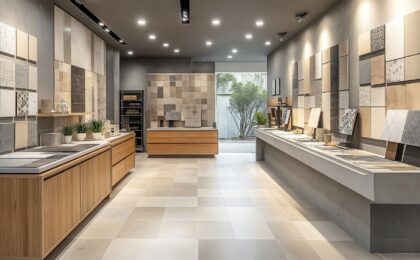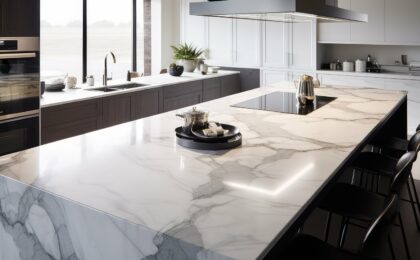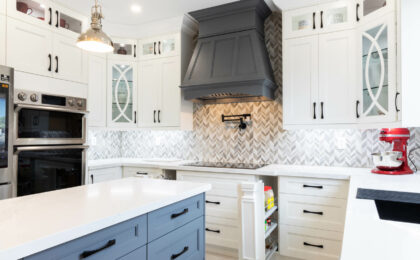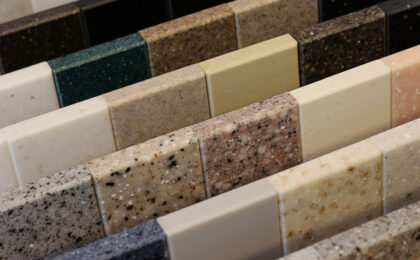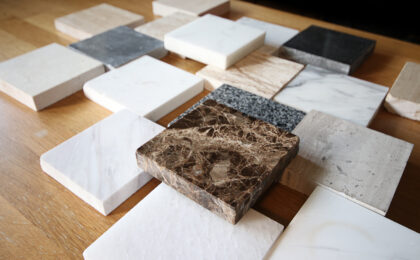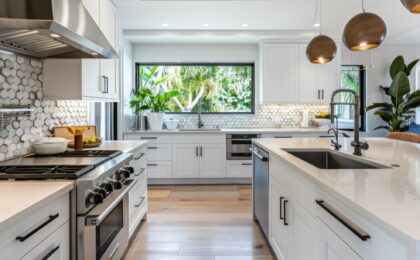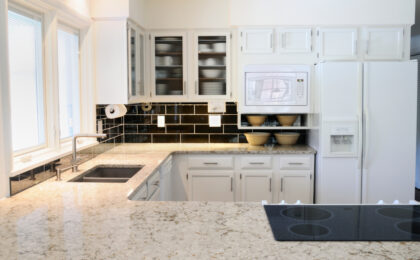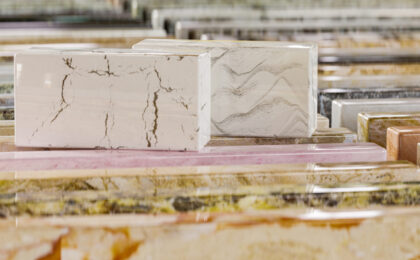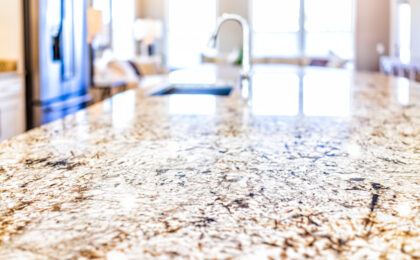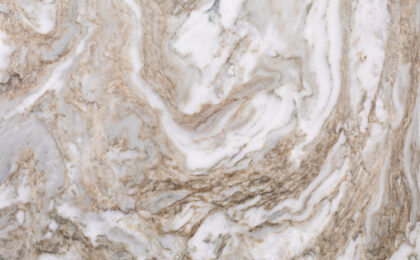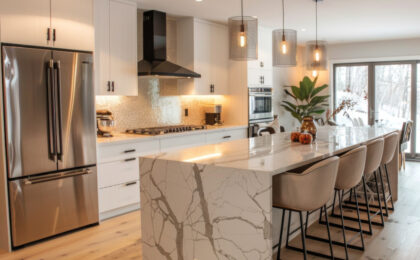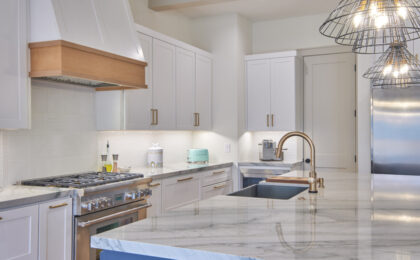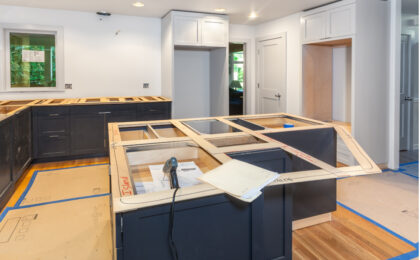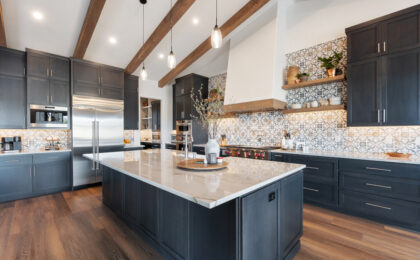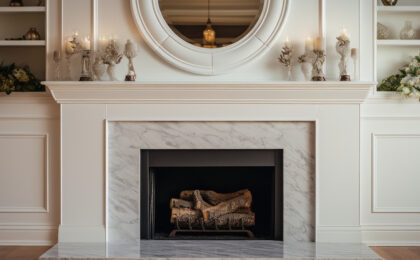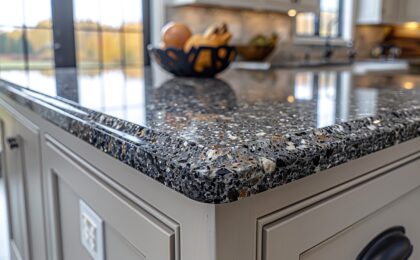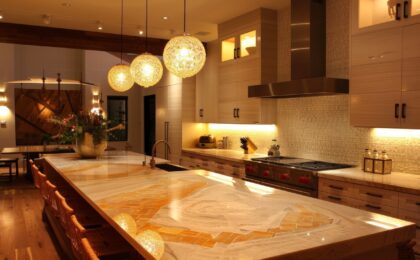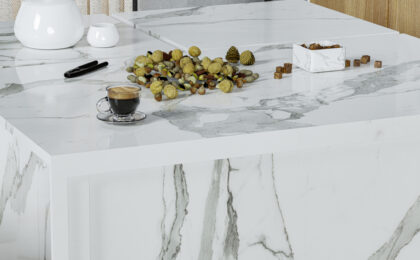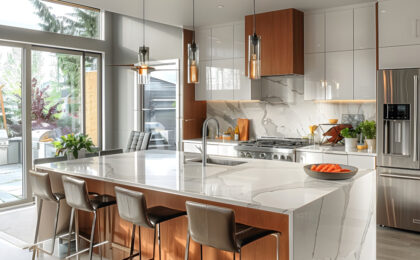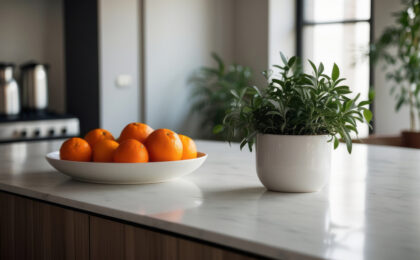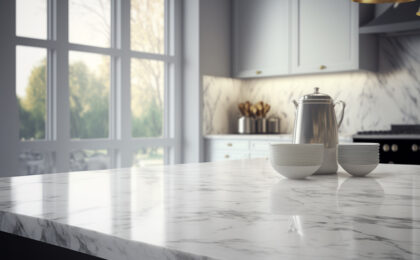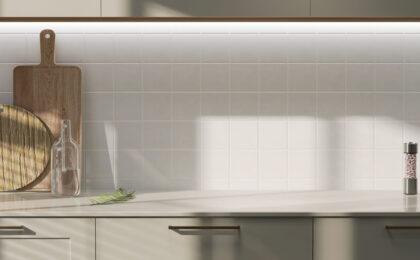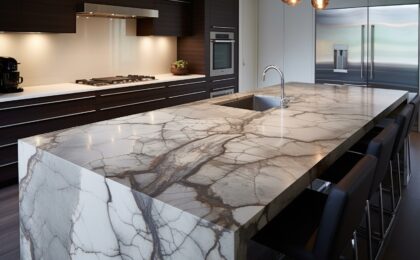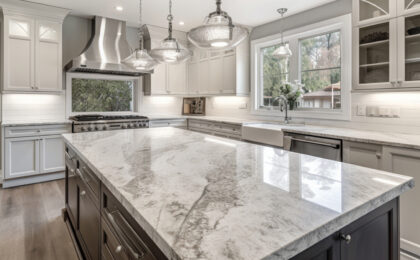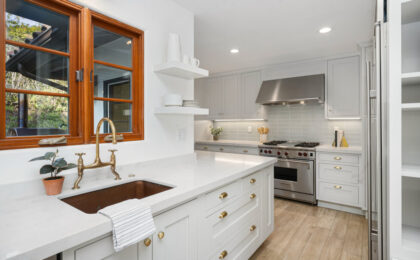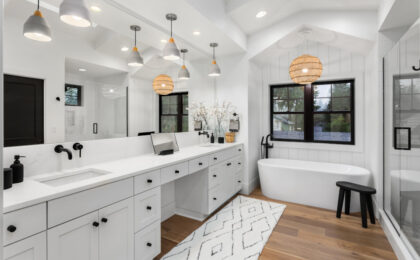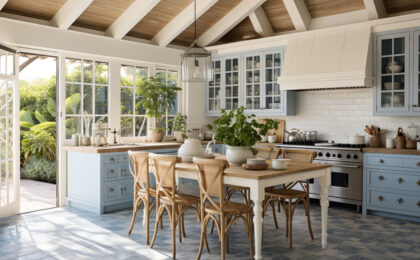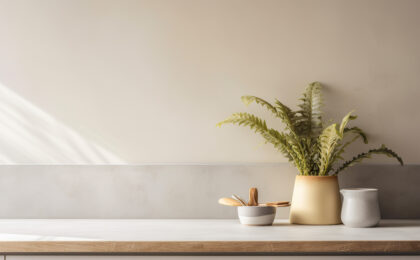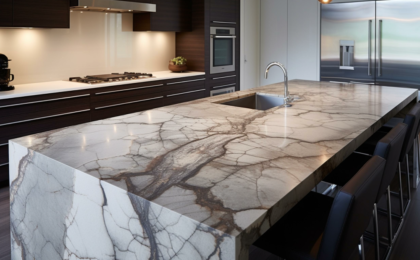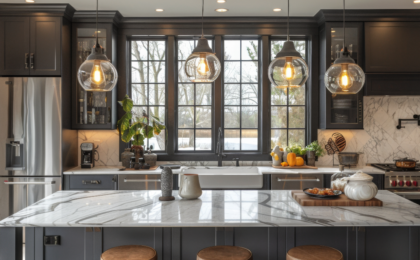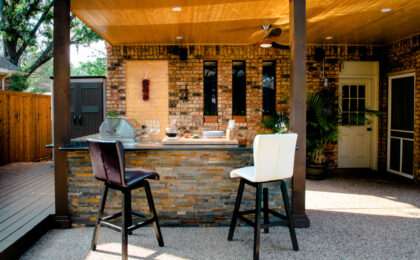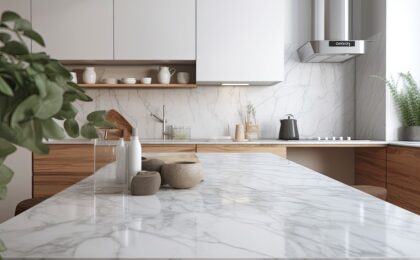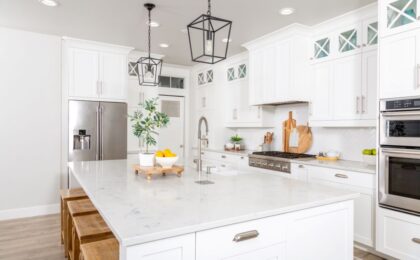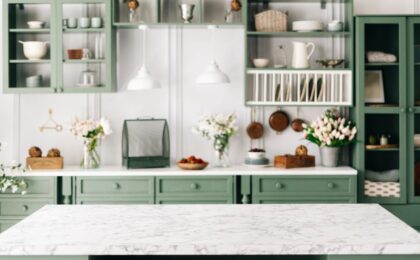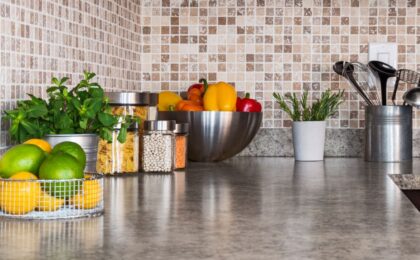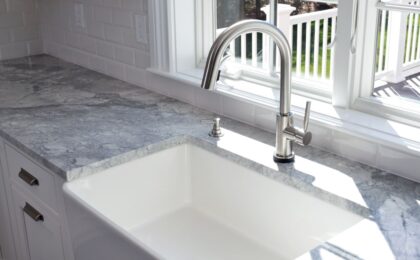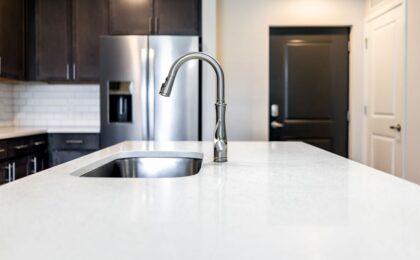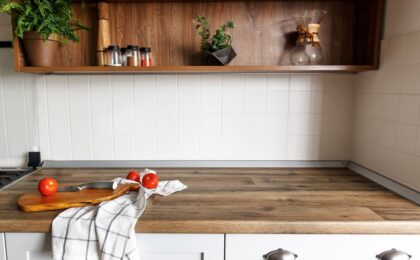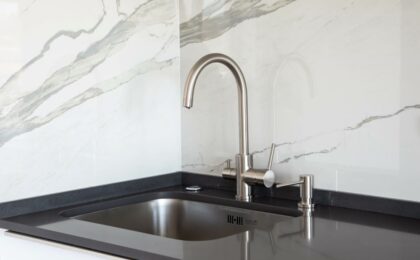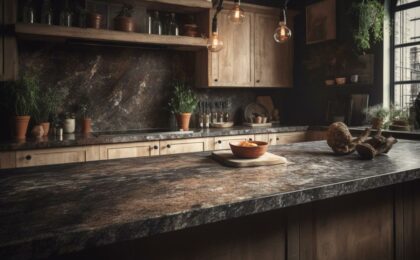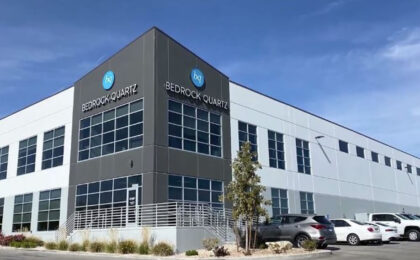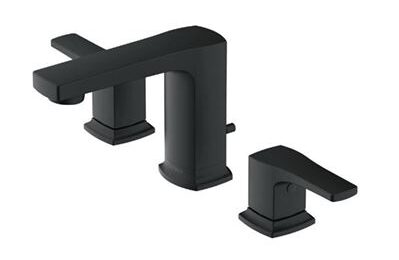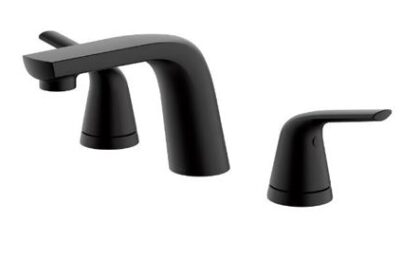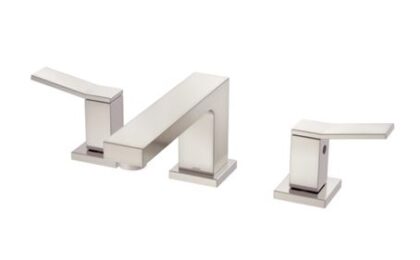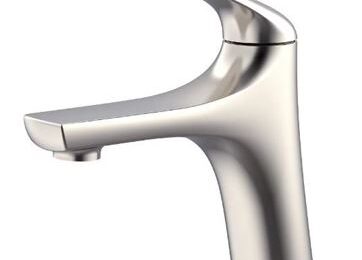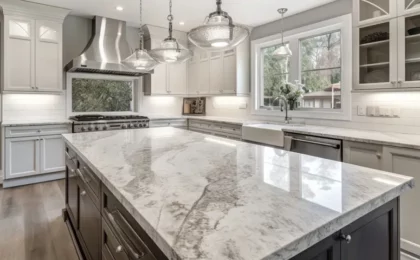We love offering options when Utah homeowners come to us looking for help on their kitchen remodeling projects. A typical project begins with choosing one’s preferred material for the countertops themselves. After that, customers choose their backsplash material followed by the sink and faucet. But sometimes customers have an additional choice: whether to install an island cooktop or not.
We do not handle cooktops ourselves, but we do have to accommodate them when we provide counters. So that leads to our team members discussing the pros and cons of island cooktops. We don’t take a position either way. However, we are aware that there are pros and cons with each choice.
Cooktops, Stoves, and Ovens
Deciding on whether to add an island cooktop affects other choices. Think oven and stove. In a typical American kitchen, the stove and oven are contained in a single unit with an exhaust hood over the top. This unit can be in a corner or installed against any wall in the kitchen.
Installing an island cooktop eliminates the need for a separate stove. But what about the oven? In most cases, choosing an island cooktop would mean installing a wall oven. One of the advantages of this particular strategy is gaining storage space under the oven. A wall oven is built into the cabinets so that it allows storage both above and below.
A major disadvantage is requiring double ventilation. Both cooktop and oven need to be ventilated but, because they are located in different parts of the kitchen, they cannot share components.
Available Counter or Kitchen Island Space
Some people love the convenience of the island cooktop. They can cook without having to turn their backs on guests. They can store pots and pans underneath the cooktop surface, increasing efficiency at the same time. Finally, going with an island cooktop and wall stove affords more storage space for pots, pans, appliances, etc.
However, there is the question of available counter space. You do not gain any counter space by going with a wall oven for the mere fact that you build the oven into cabinetry. There is one caveat when you are gutting and remodeling an existing kitchen: the area where your former combination unit stood could also house the cabinet for the wall oven. If you build the space for the oven low enough, you can cover the cabinet with a countertop and have additional space for food prep or an appliance.
On the other hand, you lose counter space by installing a cooktop on the island. You have less food preparation space and, if you intend to use the island for eating, you have less space for your guests as well.
Cleaning and Safety
The final two considerations are cleaning and safety. Cooktops are built directly into countertops. A modern cooktop is a flat range that is a lot easier to clean than a traditional stovetop. But there are safety concerns. It is easy to forget about an island cooktop when you are placing things on the counter surface. There is always the risk of burning yourself or starting a fire.
There is no right or wrong answer to the question of installing an island cooktop. If you’re planning to remodel your kitchen and new countertops are part of the plan, you might want to consider your cooking options. Installing an island cooktop is possible whether you choose granite, marble, or quartz as your countertop surface. None of the three materials is affected by the heat a cooktop produces. Should you decide to stick with a combination oven and stove, that’s great too.


